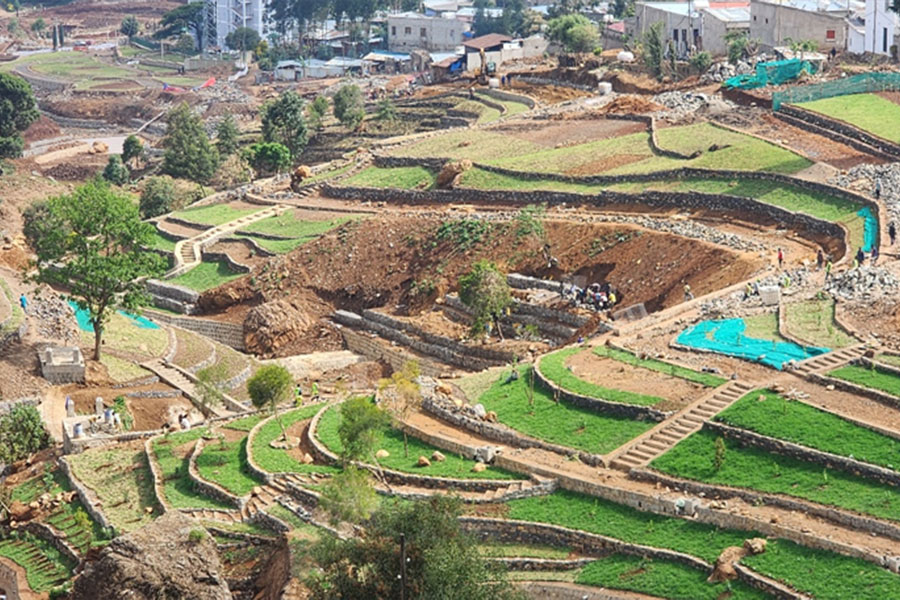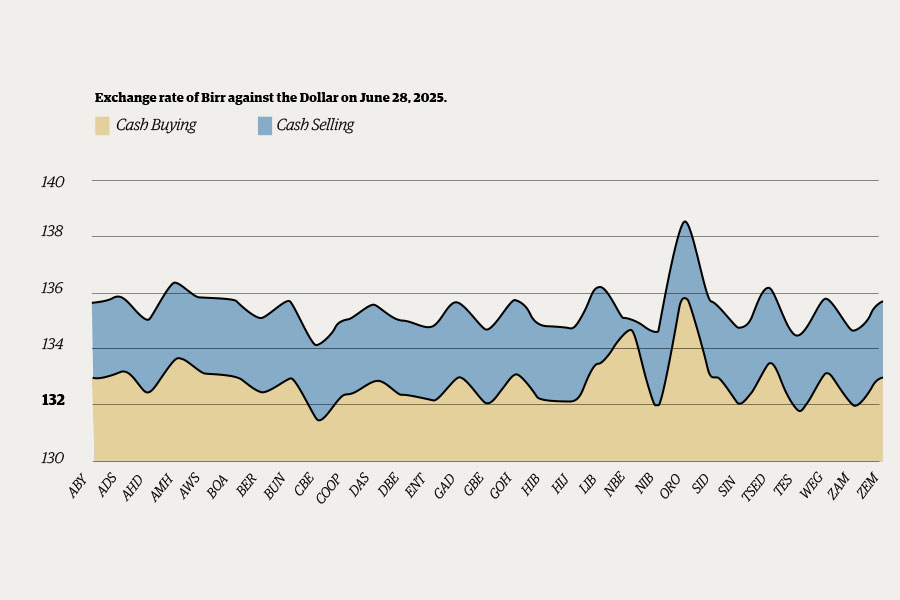In 2009, US President Barack Obama appointed Harvard Law School Professor Cass Sunstein to serve as the administrator of the White House Office of Information & Regulatory Affairs (OIRA). Sunstein was the co-author, with the Nobel laureate economist Richard Thaler, of “Nudge”, a widely acclaimed bestseller showing that small changes in how choices are put to people increase the likelihood that they will make healthy, prudent, or socially beneficial choices.
Under Sunstein’s leadership, OIRA sought to change government regulations in ways that would acknowledge the reality of global warming and seek to minimise the harm it would cause. To make these changes consistent across the government, it was essential to assess policies affecting greenhouse-gas (GHG) emissions, for example, closing coal-fired power stations, or subsidising electric cars, based on an agreed price for a ton of carbon. Only then could the social cost of GHG emissions be reflected in assessments of the costs and benefits of regulations.
Once a price is put on carbon, other emissions that contribute to climate change, like methane, can be priced in terms of their equivalent impact. That is why Sunstein has called the price of carbon “the most important number you have never heard of.”
Before Obama came to the White House, no US government had ever tried to put a price on carbon. To determine what that price should be is no easy task. It requires complex estimates of the effect of GHG emissions on average temperatures, extreme weather events, changes in rainfall patterns, rising sea levels, and many other factors on which the livability of our planet depends. When that is done, one needs to put a price on the impact of these changes on the well-being of those whose interests the US was willing to consider.
The first of these tasks, estimating the physical effects of GHG emissions, was for scientists, who had models for calculating the answers. The second task, determining the impact of these effects on well-being, is not only a matter of economic calculation. It also raised a crucial ethical question.
Is the US willing to consider the well-being of those who live outside its borders, and of those yet to be born?
The Obama Administration priced a ton of carbon at 42 dollars. That was cut to five dollars during President Donald Trump’s first term, and under Joe Biden, it jumped to 190 dollars. One can debate what the price should be, but it cannot be seriously questioned that CO2 emissions do have a cost, even if we consider only the costs to US residents. Unless the US sets that price centrally, policies issued by different departments and agencies will lack coherence, incurring unnecessary expense in reducing emissions which could have been reduced more cheaply by policies issued by a different department.
Notwithstanding the facts and logic behind putting a price on carbon, last month Jeffrey B. Clark, the acting administrator of OIRA, issued a memo stating: “[I]t is no longer federal government policy to maintain a uniform estimate of the monetised impacts of greenhouse gas emissions.” Clark’s memo referred to “supposed changes in the climate,” as if there were still doubts about whether the climate is changing, and also to doubts about whether human GHG emissions are contributing to those changes.
Even if it is still possible to harbour doubts about the role of human emissions in global warming, to act on those doubts is to ignore the views of the vast majority of climate scientists, as expressed in the thoroughly referenced reports of the Intergovernmental Panel on Climate Change. Clark and the President he serves are gambling with the future of our planet.
After Sunstein left his position in the Obama administration, he continued to think about the ethical questions raised by climate change. His thoughts on that topic have now been published in “Climate Justice: What Rich Nations Owe the World – and the Future”. Sunstein has compared the timing, three weeks after Trump’s second inauguration, to publishing a book about folk music the week after Bob Dylan went electric.
On the key question of whose interests the US should consider when calculating the cost of carbon, Sunstein defends the view that he says is in accordance with both the utilitarianism of John Stuart Mill and the golden rule of Jesus of Nazareth: The US should set a carbon price that reflects, as closely as possible, the net costs emissions impose on everyone they affect or will affect, now and in the future. Sunstein argues that justice requires wealthy countries to compensate the poor for the harm caused by climate change.
In addition to those moral claims, however, Sunstein insists that it is in our own strategic interests to care for others: “If the world is to solve the climate problem, each country needs to consider the interests of people who live in other countries.”
I believe Sunstein’s moral arguments are completely sound. Yet, to seek to implement them fully and immediately would, in many affluent countries, open a path to power for populist politicians who deny either the science or the moral arguments. Until that changes, it may be a sound strategy for politicians to make the case for reducing emissions on the basis of the damage that climate change is already doing to their citizens, and the more severe damage it is likely to bring in the future.








 Loading your updates...
Loading your updates...